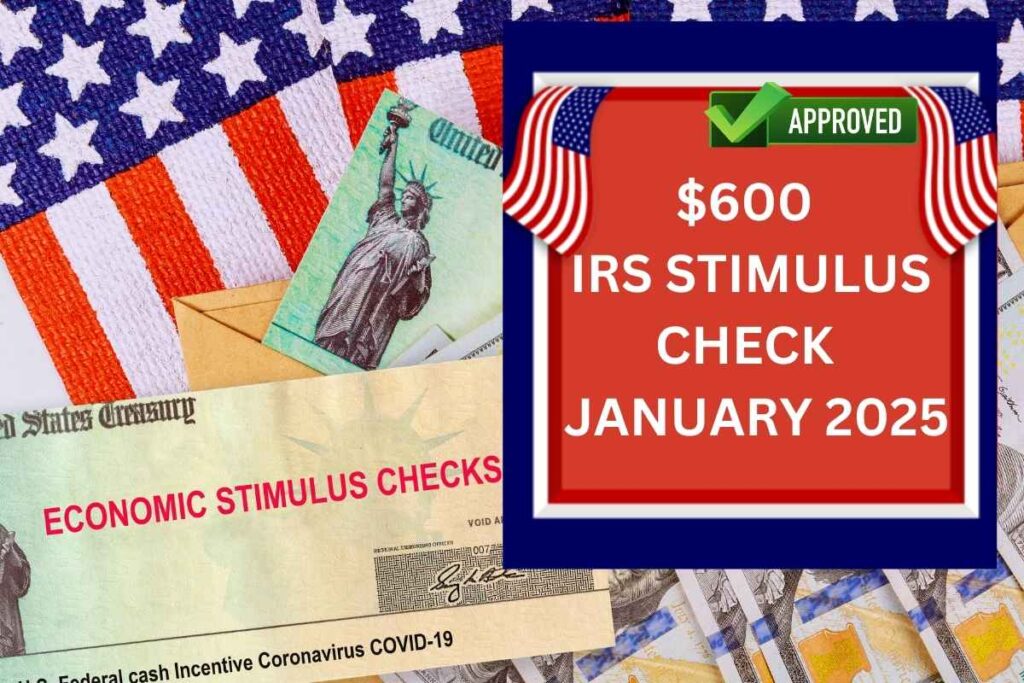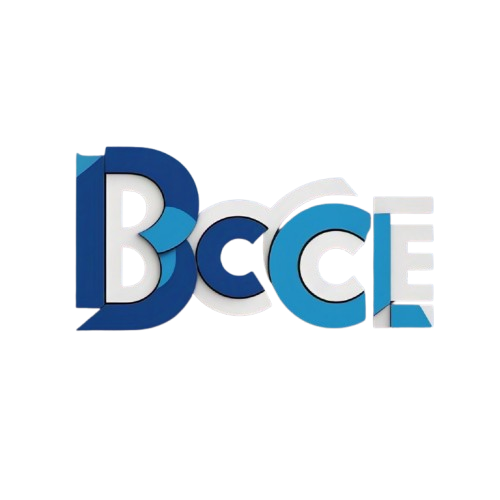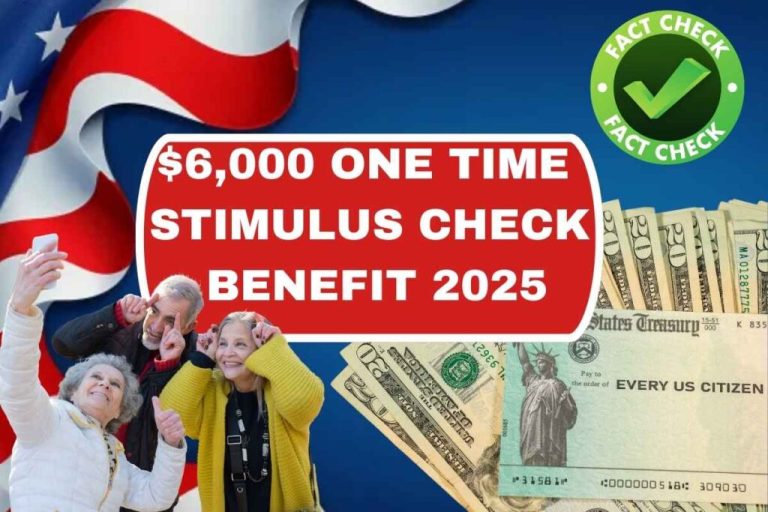Welcome to Bcece, In 2025, the U.S. government is set to roll out a $600 direct check payment to eligible individuals, providing much-needed financial support. As inflation and the cost of living continue to impact millions of Americans, this direct payment aims to ease some of the economic pressures. In this article, we will cover everything you need to know about the $600 IRS direct check payment, including eligibility, the distribution process, and how it might affect your finances.
What is the $600 IRS Direct Check Payment in 2025?
The $600 IRS direct check payment is a one-time relief program issued by the federal government to help American taxpayers deal with the financial challenges they may face in 2025. The payment is expected to be distributed directly to eligible individuals, providing a direct infusion of cash into their bank accounts or through paper checks. This initiative is part of a broader effort to support citizens amid the ongoing economic uncertainty, rising costs, and inflation.
Read Also: RSMSSB JE Admit Card 2025
Who is Eligible for the $600 Payment?
While exact details regarding eligibility are still being finalized, the $600 direct payment will follow similar guidelines used for previous relief efforts. Here are some general eligibility factors:
Income Level
Eligibility for the $600 payment will likely be based on your income, as reported on your most recent tax return. Those with lower to moderate incomes are expected to receive priority, similar to previous stimulus checks. Typically, individuals earning under a certain income threshold, which might range from $75,000 to $100,000 for single filers (and higher for joint filers), will qualify.
Filing Status
Tax filing status is another determining factor. For example, individuals filing as head of household or married couples filing jointly may receive larger payments, depending on their combined income.
Dependency Status
If you claim dependents on your tax return, this could increase your payment amount. In previous rounds of stimulus payments, taxpayers with children or other dependents were eligible for higher posts
Recent Tax Filers
The IRS will likely prioritize those who have filed taxes in recent years. If you filed a tax return for 2022 or 2023, you will likely be included in the payment rollout. However, if you didn’t file a tax return, you may need to submit a form or take other actions to receive the payment.
Non-Residents and Undocumented Individuals
As with past relief payments, specific non-resident individuals and undocumented persons may not be eligible for the $600 direct check. However, U.S. citizens, permanent residents, and certain non-citizens may qualify if they meet the income and filing requirements.

Stimulus Check Payment In January 2025: Overview
| EVENTS | DETAILS |
| Post Title | $600 IRS Stimulus Check Payment In January 2025 |
| Managing Body | Internal Revenue Service |
| Benefit Mode | Stimulus Checks |
| Amount | $600 Rumored) |
| Applicable In | United States of America |
| Fact Check | Not Verified |
| Post Category | Financial |
| Official Website | www.irs.gov |
How Will the $600 Payment Be Distributed?
One of the most significant aspects of the 2025 $600 direct check payment is its ease of delivery. The IRS will distribute payments via direct deposit, paper checks, or prepaid debit cards, depending on the information they have on file for each individual.
- Direct Deposit: If the IRS already has your bank account information from previous tax filings, you can expect the payment to be sent directly to your account, making the process quicker and more efficient.
- Paper Checks: Those who do not have direct deposit information on file may receive a paper check. The distribution of these checks may take longer, as it requires more time for printing and mailing.
- Prepaid Debit Cards: In some cases, the IRS may distribute the payments via prepaid debit cards, which function like standard debit cards but only hold the balance of the direct payment.
When Will the Payments Be Sent?
The exact date for the $600 direct check payments has yet to be confirmed. However, payments are expected to begin in the early months of 2025. Historically, the IRS has taken a few weeks to process and distribute payments, so it may take time before everyone receives their funds.
For those receiving direct deposit, payments could arrive as soon as a few weeks after the program’s official start date. Paper checks and prepaid debit cards will likely take longer, six weeks or more.
How Will the Payment Affect Your Taxes?
While the $600 IRS direct check payment is not considered taxable income, it is essential to understand that it could still have an impact on your tax situation. The payment is essentially an advance on a potential future tax refund or credit, and in some cases, it could affect your eligibility for certain tax benefits.
For example, if you have a history of tax debts, the IRS may use your direct payment to offset those debts. On the other hand, if you are due for a refund in 2025, the fee will not be deducted from your refund amount. You will still receive your full refund in addition to the direct check.
What Should You Do If You Don’t Receive Your Payment?
If you believe you are eligible for the $600 direct check but have not received it within a reasonable time frame, there are a few steps you can take:
- Check IRS.gov: The IRS will provide updates on payment distribution and any potential delays. You can also use their online tools to track your payment status.
- Update Your Information: If your direct deposit information or address has changed since you last filed taxes, you may need to update your information with the IRS to ensure timely payment.
- File a Payment Trace: If you have not received your payment after more than a few weeks, you can request a payment trace from the IRS to investigate further.
- Contact the IRS: If you are unable to resolve the issue online, contacting the IRS directly may help you figure out why you haven’t received your check.
How Will the $600 Payment Benefit You?
While $600 may not be a life-changing amount for everyone, it could make a significant difference for those struggling to make ends meet in 2025. Here are a few ways the payment might benefit you:
- Help with Household Bills: The cost of everyday essentials, like groceries, gas, and utilities, has been rising steadily. This payment could help cover a few weeks’ worth of basic household expenses.
- Emergency Fund: If you do not have much saved for emergencies, the $600 check could help cushion unexpected expenses such as car repairs, medical bills, or home maintenance.
- Debt Relief: For those with credit card debt or other high-interest loans, the $600 payment could offer some relief by helping to reduce outstanding balances.
- Stimulate the Economy: On a larger scale, these payments could help stimulate the economy by boosting consumer spending. When individuals spend the relief payments on goods and services, it can drive demand and promote economic growth.
Conclusion
The $600 IRS direct check payment in 2025 offers much-needed financial relief for eligible Americans facing economic challenges. While details are still being finalized, the program will likely follow familiar eligibility guidelines and distribution methods, with payments sent directly to individuals via direct deposit, paper checks, or prepaid debit cards. By understanding how to qualify, when to expect your payment, and how it could impact your taxes, you can ensure you’re ready to benefit from this assistance. Keep an eye on updates from the IRS and plan accordingly to make the most of the $600 direct check payment.

